GPCR/G protein

All GPCRs share a common seven trans-membrane structure. GPCRs are associated with heterotrimeric G-proteins which are GTP-binding proteins made of alpha, beta, and gamma subunits. When a ligand binds to GPCR, it activates the attached G-protein, the GDP is replaced with GTP. The activated G-protein then dissociates into an alpha and a beta-gamma complex which activates downstream signaling pathways. These intracellular signaling pathways include cAMP/PKA, calcium/NFAT, phospholipase C, protein tyrosine kinases, MAP kinases, PI-3-kinase, nitric oxide/cGMP, Rho, and JAK/STAT.
GPCRs are one of the most important therapeutic targets for various diseases, over 30% of all modern medicinal drugs target this family. Aberrant GPCR functions are involved in pathological conditions such as neurological, immunological and hormonal disorders. A large number of GPCRs have been identified, but whose ligands are not known, are classified as orphan receptors.
-
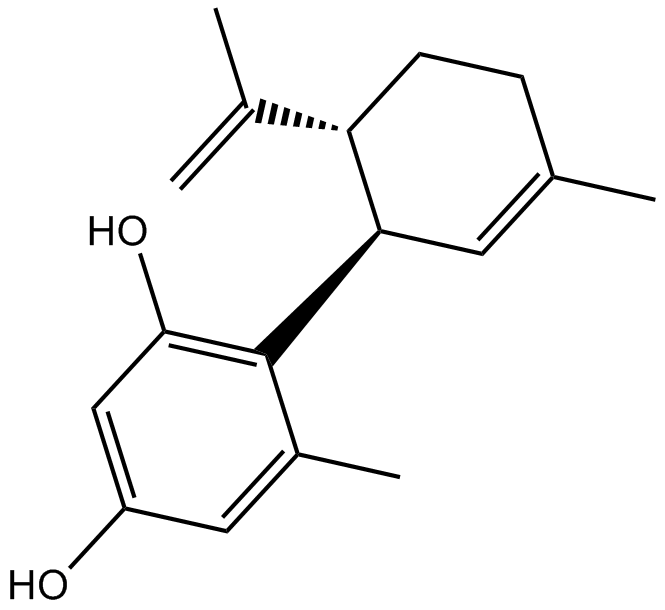 B7191 O-1602Summary: GPR55 cannabinoid receptor agonist
B7191 O-1602Summary: GPR55 cannabinoid receptor agonist -
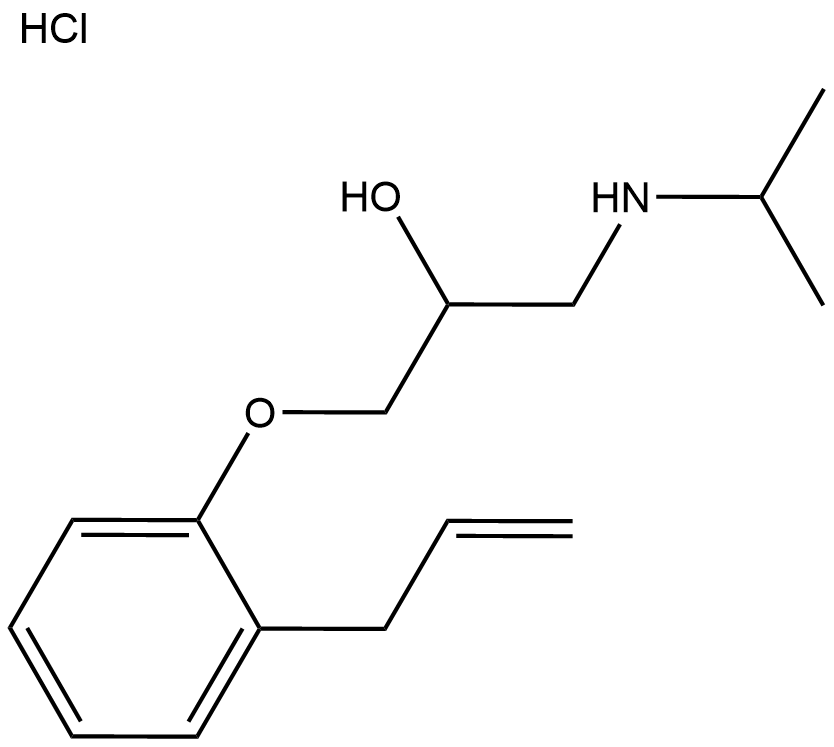 B7194 Alprenolol hydrochlorideSummary: β-adrenoceptor and 5-HT1A receptor antagonist.
B7194 Alprenolol hydrochlorideSummary: β-adrenoceptor and 5-HT1A receptor antagonist. -
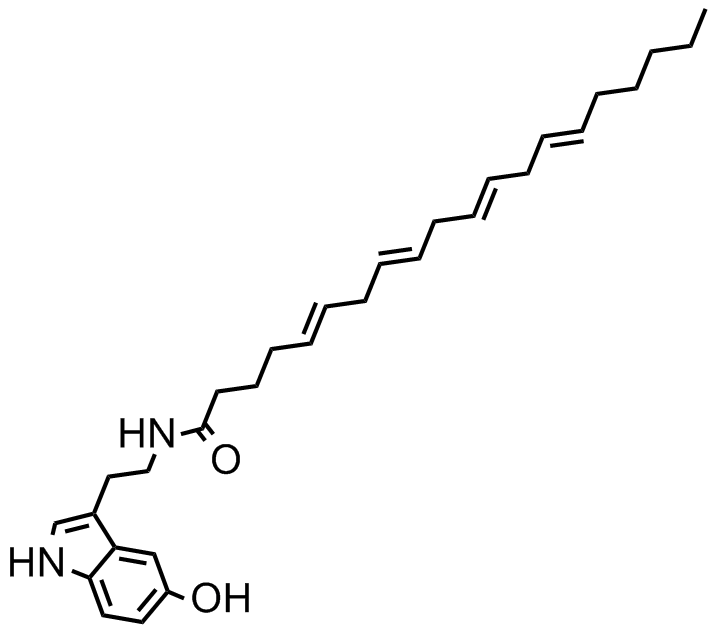 B7204 Arachidonyl serotoninSummary: Dual FAAH inhibitor/TRPV1 antagonist
B7204 Arachidonyl serotoninSummary: Dual FAAH inhibitor/TRPV1 antagonist -
 B7218 MRS 2690Summary: P2Y14 receptor agonist
B7218 MRS 2690Summary: P2Y14 receptor agonist -
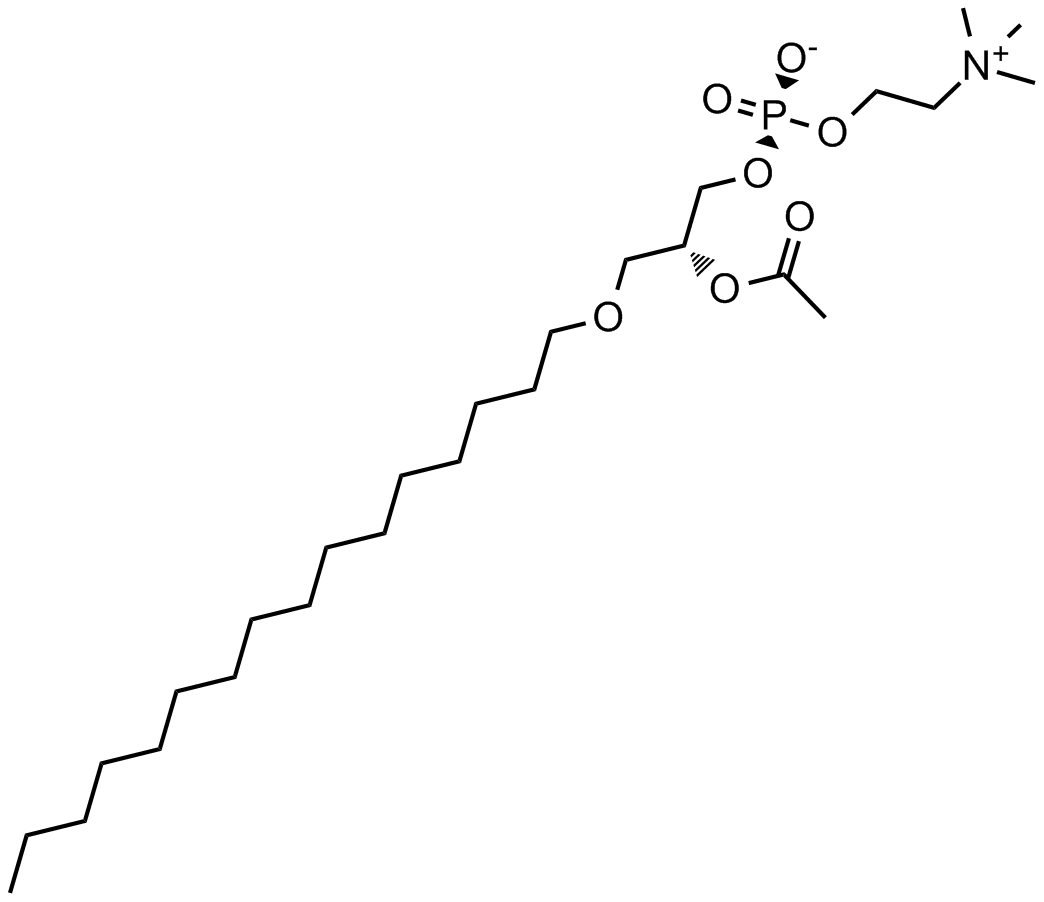 B7227 PAF (C16)Summary: ligand for PAF receptors
B7227 PAF (C16)Summary: ligand for PAF receptors -
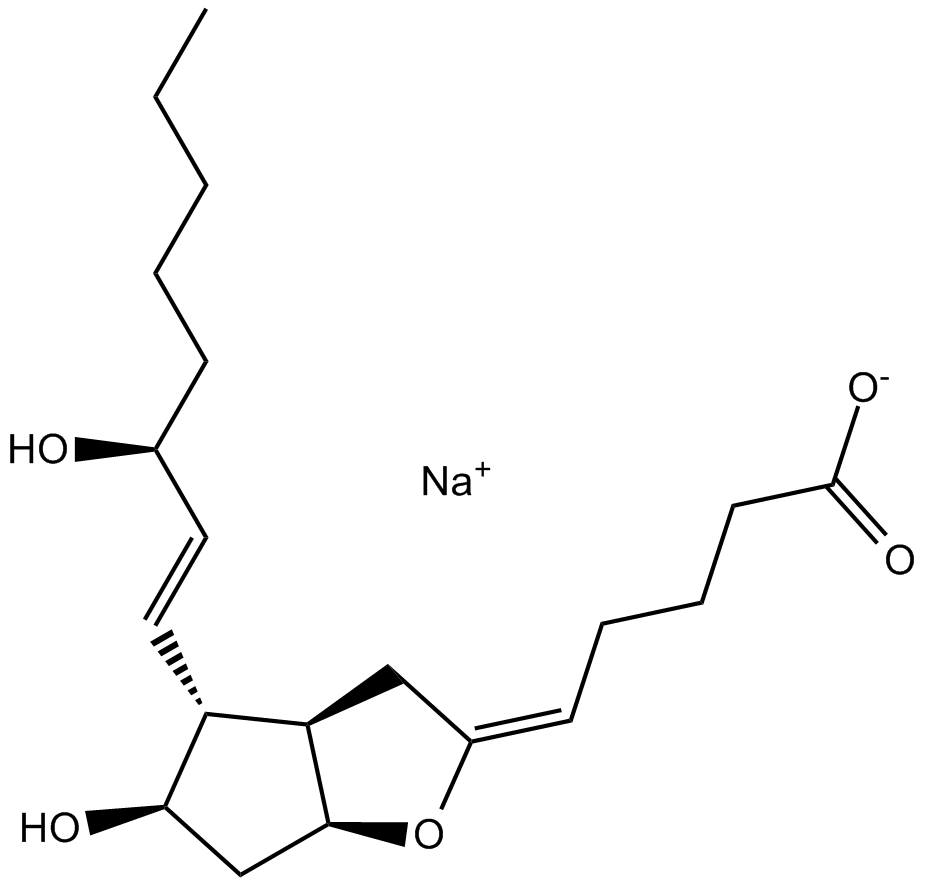 B7242 EpoprostenolSummary: IP prostanoid receptor agonist
B7242 EpoprostenolSummary: IP prostanoid receptor agonist -
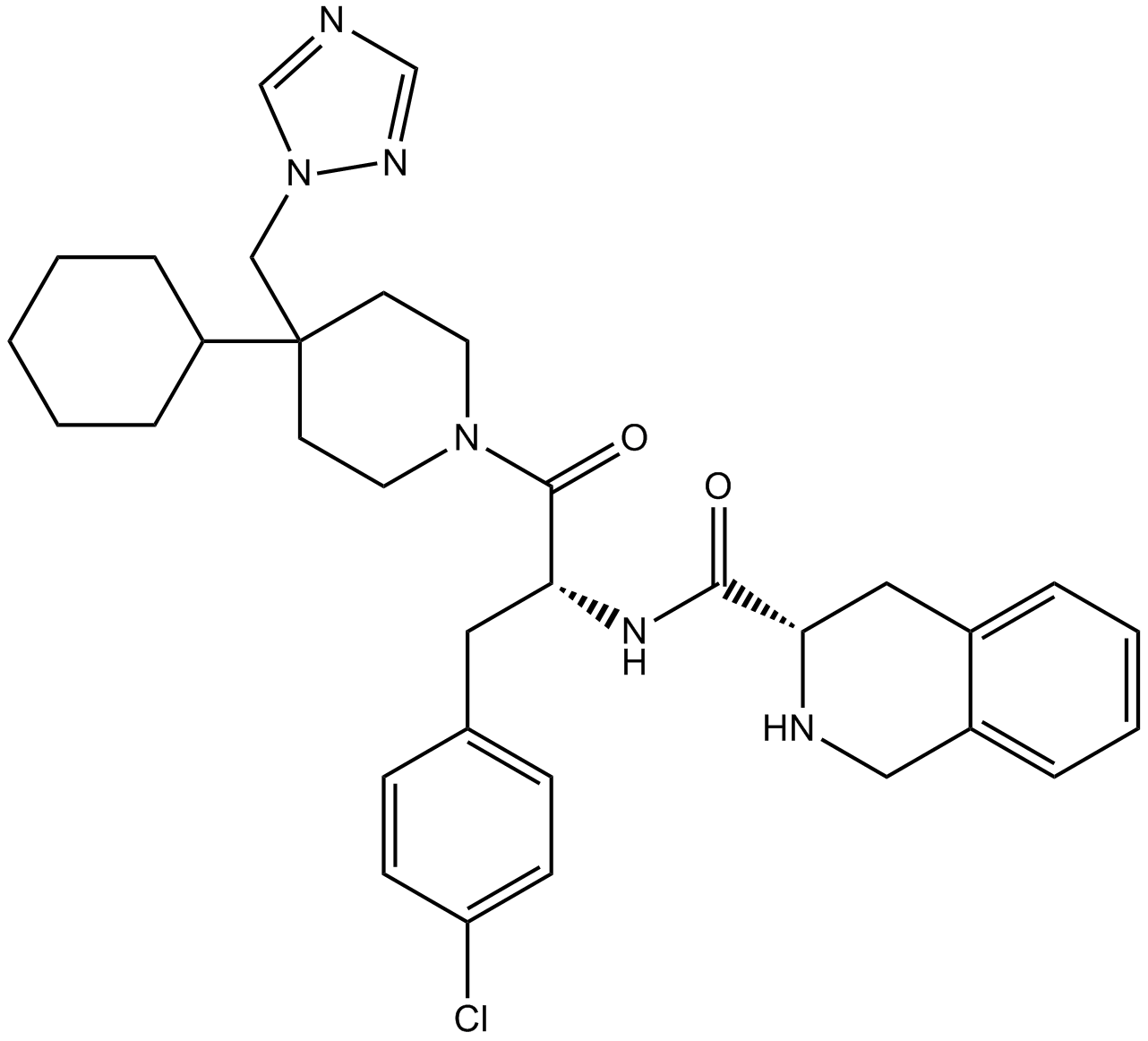 B7247 THIQSummary: melanocortin 4 (MC4) receptor agonist
B7247 THIQSummary: melanocortin 4 (MC4) receptor agonist -
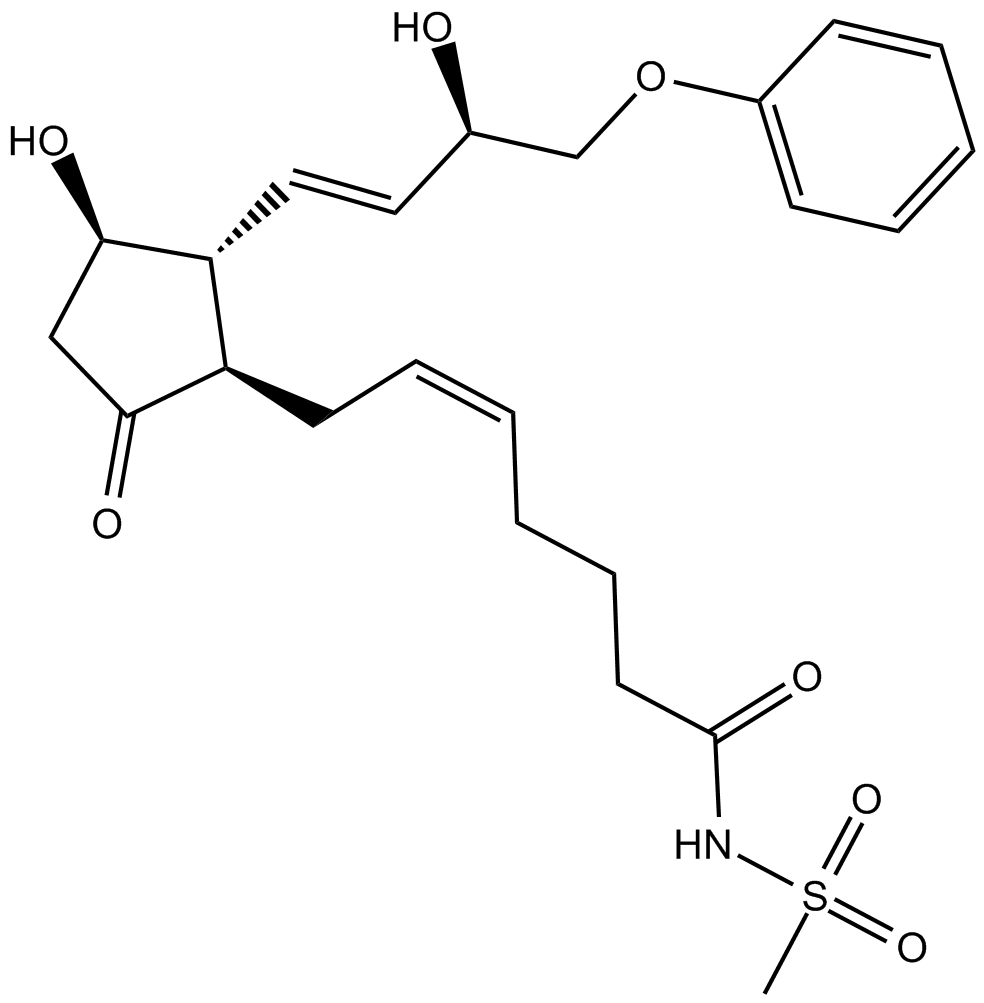 B7255 SulprostoneSummary: EP3 and EP1 receptor agonist
B7255 SulprostoneSummary: EP3 and EP1 receptor agonist -
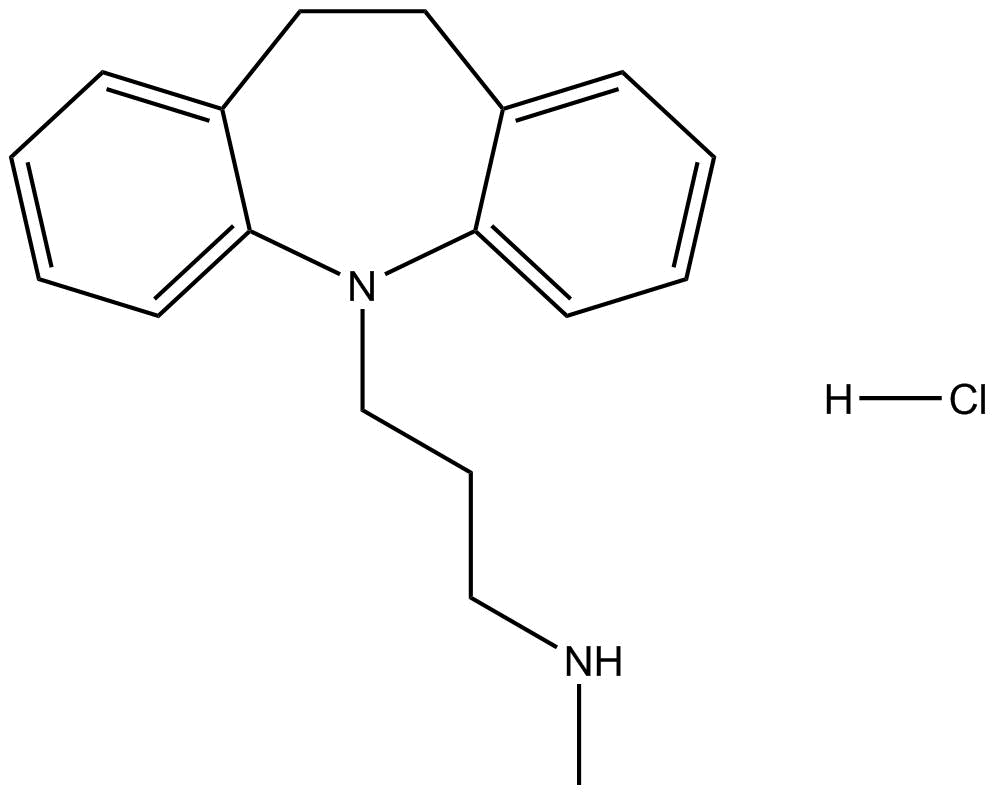 B7261 Desipramine hydrochlorideSummary: noradrenalin transporters inhibitor
B7261 Desipramine hydrochlorideSummary: noradrenalin transporters inhibitor -
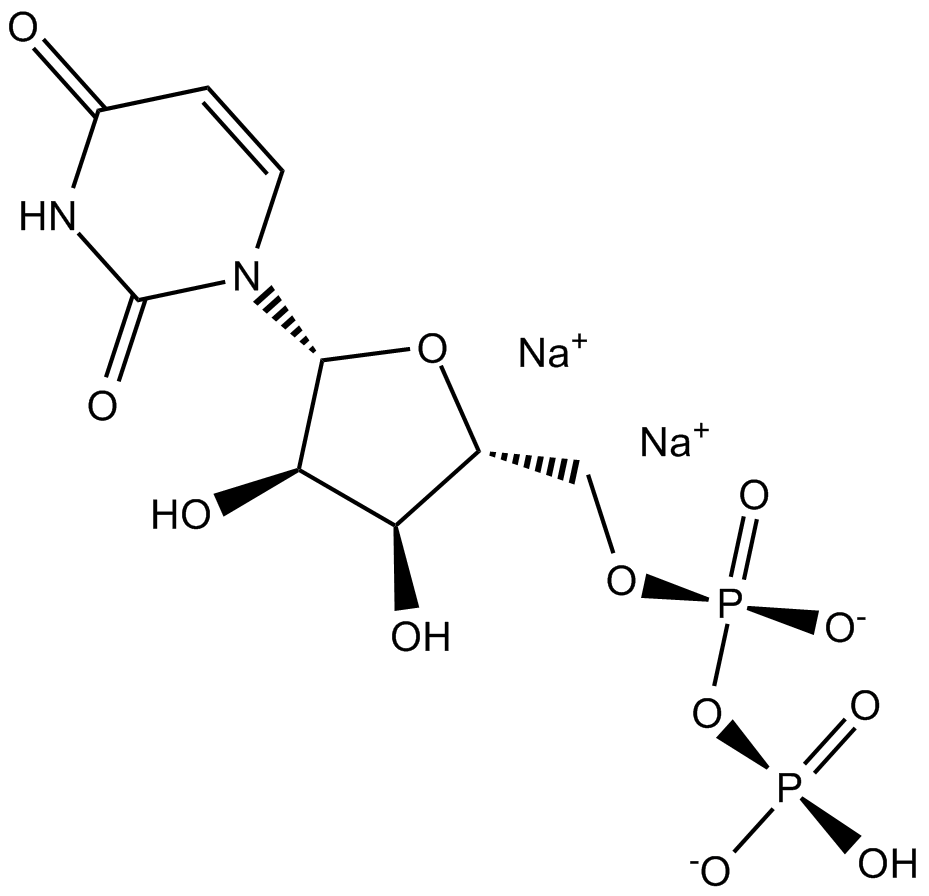 B7278 UDP disodium saltSummary: Endogenous P2Y receptor agonist
B7278 UDP disodium saltSummary: Endogenous P2Y receptor agonist

